What is Vesara architecture, and how it was originated?
Vesara architecture is a combination or hybrid form of Indian temple architecture, mainly of the north Indian Nagara and south Indian Dravidian styles that developed during the medieval period in India. It emerged during the 7th to 13th centuries CE and was popular in the Deccan region, particularly in the Chalukya and Rashtrakuta empires. This style features North Indian details, plans, and shapes. Vesara style of architecture complements both circular and elliptical forms. [1] [2][4]. Some historians believe that the geographical location where it originated is Karnataka. The Chalukyas of Badami (500–753 AD) promoted this style of architecture by constructing a temple. Manyakhtea’s Rashtrakutas later redefined it. [3]
The term “Vesara” is believed to be taken from the Sanskrit word “Vishra,” which means an area to take a long walk. According to some Hindu and Indic texts, the Vesara style of architecture was popular in central parts of India. [3]. This architectural style emerged during the Chalukya’s period but thrived during the Rashtrakuta period. [6]
Vesara architecture is one of the six major types of Indian architecture found in our historic text, with five others being Nagara, Dravida, Bhumijia, Kalinga, and Varata. [4] The Chennakeshava temple at Somnathpura and the Hoysala temples at Belur are the best examples of this kind of style.
Today, Vesara style of architecture is recognized as an important contribution to Indian architecture and has had a significant influence on later styles of Indian architecture, such as the Vijayanagara style and the Mughal architecture.
Types of Temple Architecture in India
In the Gupta period, they started a new phase of the development of temple architecture. They patronized the arts and architecture, resulting in the construction of several temples and monuments. The architectural texts that were present at the beginning of the mediaeval period are known as Shilpa shastras.
There are three different types of temple architecture:-
- Dravida Style
- Nagara Style
- Vesara Style [7]

Fig. 1 Kallesvara temple at Kukkanur (1000-1025 CE) Vesara architecture. (Ground Floor Plan)
The uplift in the mandapa and the garbhagriya can be seen (Illustrated Plan)
History of Vesara Temple Architecture
The historical roots of Vesara architecture can be found in these architectural styles:
- Chalukyan architecture
- Rashtrakuta architecture
- Hoysala temple architecture
- Vijayanagara architecture
According to some historical texts, this style is thought to have originated between the Krishna and Tungabhadra rivers in northern Karnataka.[4] The roots of this architectural style are found in the Chalukyas of Badami. Their architectural style was known as Badami Chalukya architecture, and they built several temples that reflected the features of the Nagara and Dravida styles. Shikara, Vimana, and mandapa types of the superstructure can be seen in those temples.
After the feudatories of the Chalukyas, this style was redefined by the Rashtrakutas at some sites like Ellora.
Hoysala rulers developed this architectural style between 1050 and 1300 A.D. by building famous art seats in Belur, Halebid, and Sringeri. The central attraction was the multiple shrines designed around the central pillared hall. [2]
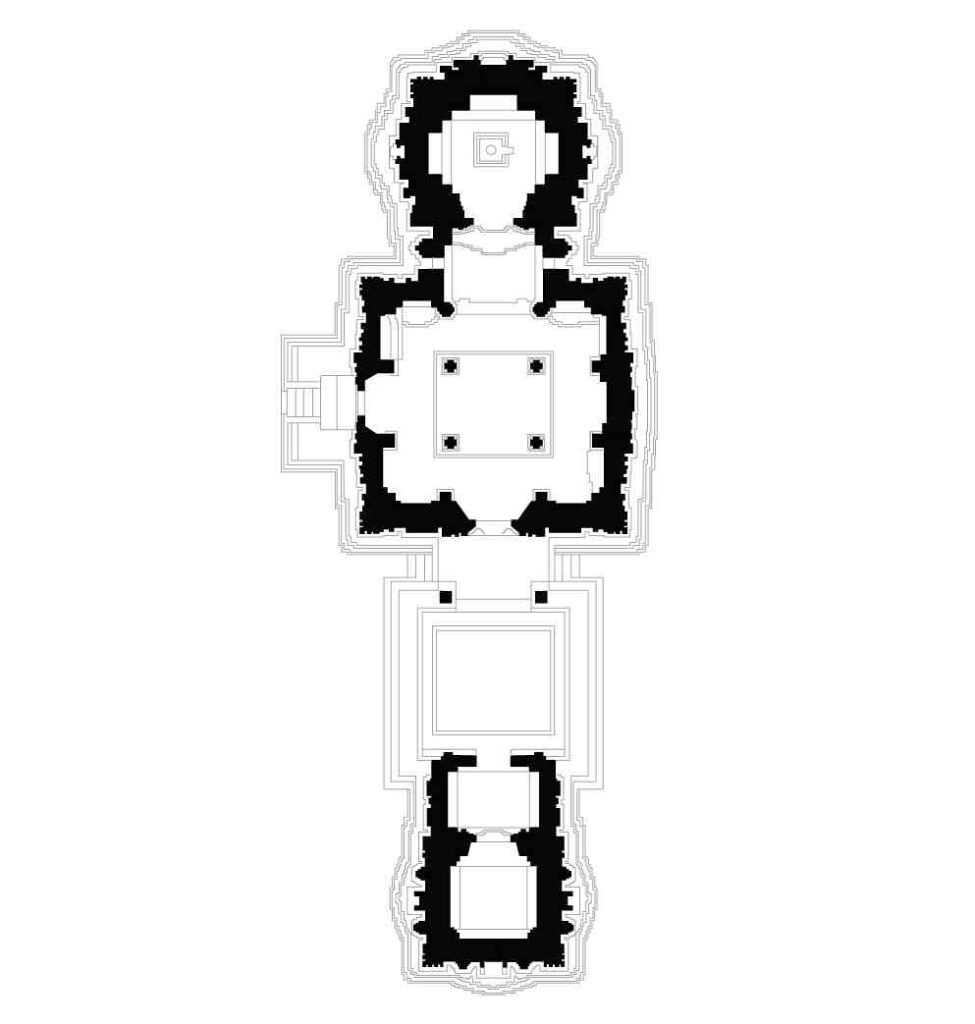
Fig. 2 Kasivisvesvara temple at Lakkundi (1075 CE) Vesara architecture. (Ground Floor Plan)
The Uplift helps in fusing Dravida-Nagara ideas.
Description
This style of form allowed the architects and artisans to add more narrative panels about the legends of epics, Vedas, Puranas, scenes of Artha, and Dhrama (Divya Shastra), along with the illustrations, carvings, and ornamentation of different types of shikharas as aedicules from the temple to the inside and the outside. In contrast to the plain structures that were found in the earlier centuries of Dravida temples. Thus, Vesara architecture marked a shift in both the construction of the temples and the visitor’s experiences inside the temple spaces.
As mentioned above, this style consists of elements from both the Dravida and Nagara styles. The shape of the superstructure over the sanctum, for instance, is frequently seen in a pyramidal profile, and it was shorter than the northern Shikhara tower. If we talk about the plan, then the walls and superstructure are broadly in a circular, or straight-sided cone, and the geometry of the temple was based on the rotation of a square imposed on the circle. It had rather different decorations and motifs either way. A common motif looks like a miniature shikhara, often found in bhumija types. These show how well-aware the architects were about the northern style. Like the southern vimana superstructure, the Vesara equivalent is strongly divided into steps or storeys.
George Michell, an author, described a characteristic feature as “the obscuring of the outer profile of the building by multiplying the projections of the walls and superstructure; these move restlessly from one plane to another, relying upon the effects of light and shade to lend the building its solidity and shape. [4]
General Plan Layout
The layout of the common Vesara style is listed below (the temple can vary but typically has elements from Nagara and Dravida styles):
- A small enclosure and the main shrine were designed on the opposite sides of the complex’s perimeter wall, which was shaped like a rectangle.
- The entrance porch has some Vesara temple features with decorative columns, and the entrance leads to the Ardhmandapa, creating a transitional space between the outer and inner areas.
- From the porch, Ardhmandapa leads to the main hall, or Mandapa. It serves as a gathering and worship space. It consists of intricate columns that were heavily carved and had decorative elements.
- From here, it leads to the projected flanks of the main hall, or Mahamandapa. It was the principal hall of the temple where the dances were performed.
- The “womb house,” also known as Garbhagriha or central sanctum, houses the main deities and has an opening towards the east.
- Garbhagriha and the hall were connected by the Antarala, a vestibule or space in between that acted as a foyer between them.
- Garbhagriha was elevated with shikharas and then covered at the top with kalasha.
- At the end, there is a circumambulatory path known as Pradakshina Patha, where the devotees used to walk around the main deity as part of their worship ritual. [11]
Various Famous Vesara Style Temples under different rules
The south Indian temple architecture was dominated by Chalukyan, Hoysala, Rashtakuta, and Vijayanagara. Architecture by them are discussed in detail below:-
Chalukyan Architecture
- Early Chalukyan emperors were responsible for the beginning of the Vesara architecture style’s history.
- Their architecture was a combination of Nagara and Dravida styles. Not a single temple was represented wholly in Dravida or Nagara style.
- Initially, they developed their temple as a version of the Dravidian or octagonal style. After some time, they evolved it into a unique style, mainly because of the star-shaped plan and projecting angles in circles with centers in the middle of the shrine and mandapa.
- Aihole, Badmi, and Pattadakal all have temples that served as the focal point of Chalukyan civilization. The Chalukya Dynasty kings built many temples, which served as the best example of hybrid Vesara architecture.
- Some of the famous temples built by them are Papanath Temple (680 CE), Virupaksha Temple (740 CE), Lad Khan Temple, and others. [8] [10]
Rashtrakuta Architecture
- Rashtrakuta Dynasty kings adopted Dravidian and Pallava styles, which can also be found in the Kailash temple at Ellora, Aurangabad. Buddhist, Jain, and Brahmanical rock-cut temples can also be found in Ellora.
- The majority of their temples were built in the Chalukyan style.
- In the 8th century, Rashtrakuta king Krishna I constructed the Kailashnath Temple at Ellora. That is a magnificent example of rock carving and architecture.
- They also built a Jain temple in Pattadakkal.
- Some of the famous temples built during their time period are Navalinga Temple, Kukkanur, Cave Temples, etc. [8] [10]
Hoysala Temple Architecture
- Under the Hoyasala dynasty, temple structures in the Vesara style achieved their pinnacle (1000 C.E.–1300 C.E.). Chalukyan-Hoyasala architects primarily employed greenish or bluish-black chlorotic schist to construct these temples.
- The Kesava temple in Somanathpura is one of the noteworthy temples that were built in the Mysore area.
- Narasimha Hoysala completed the temple in 1258 CE. They worshiped three forms of Vishnuji by building this: Keshava, Venugopala, and Janardana.
- The layout of the temple is in square design with unadorned walls, a flat amalaka, and a Kalasha at the top of a Vesara superstructure. [10]
Vijayanagara Architecture
- They combined the architectural elements of the Chola, Hoysala, Pandya, and Chalukya empires.
- The architectural style began to be influenced by the Indo-Islamic style of Bijapur under them, as can be seen in the temples they built during their time period.
- The temples built by them were highly decorated with geometrical patterns and carvings.
- The surrounding walls were taller, and pillars had a mythical creature called Yali carved into them.
- Virupaksha Temple, Hampi, and the Hazara Rama Temple of Deva Raya 1 are the greatest examples of Vijayanagar style that represent them in a better way. [8]
Adoptions of Elements from Nagara and Dravida Architecture
From the Nagara Architecture
- The Nagara traits can be seen in the structure of the temple.
- Passages between the mandapa and the sanctuary
- Stellate plan, shrine layout, subsidiary shrines, and the panchayatan style
- Amalaka Structure at the top of the temple
- The wall structure combines both Nagara and Dravida styles.
From the Dravida Architecture
- Vimana is influenced by the Dravida style.
- Pillars are oriented similarly to the Dravida style.
- The superstructure is influenced by the Dravida style.
- Both styles are mixed into miniature decorative structures and wall decorations. [11] [10]
Characteristics and Features of Vesara-style Temple Architecture
- The Vesara-style temples generally consist of vimana, shikhara, gavakshas, amalakas, stupi, shalas, pediments, etc. [10]
- This architectural style was influenced by the Buddhist apsidal chapels and later evolved by the Chalukyas.
- The common feature of the Vesara style of the temple is its spire-shaped structure, which was built on top of the temple. [5]
- The features most likely seen from Dravida are on the walls, and from Nagara they can be seen on the superstructure.
- Walls, ceilings, doorframes, and pillars were highly carved and ornamented. [1] [3]
- These Vesara temples were sometimes raised on high platforms, which were then used as an open ambulatory passageway.[1]
- It has Nagara architectural style, Shikara, and Dravida architectural style mandaps. (Shikara is the temple’s top; Mandaps are the temple’s main shrine; and Antarala is the one that joins both of them.)
- Use of complex and ornate decoration, intricate carvings, and extensive use of pillars, domes, and arches.
- This style is a wonderful achievement and has glories in the fields of art, architecture, religion, mathematics, engineering, and philosophy. It is a golden jewel in the field of Indian temple architecture styles. [10]
- The ground floor plan (Figs. 1 and 2) is in the shape of a star with some squares.
Sculpture work in Vesara architecture
The extensive use of ornamentation and carved work required good craftsmanship and geometrical skills. Vesara-style temples had so many sculptures. In India, no other style has been able to replicate these works, which explains why they were so difficult to decode and implement. The detailed work done by those craftsmen was still amazing and ethically pleasing.
Similarities or differences between the three styles
| S. No. | Different Elements | Nagara Style | Dravida Style | Vesara Style |
| 1. | Region | Northern | Southern | Deccan |
| 2. | Ground Plan | Developed regionally, each has its own particular qualities. | Developed Dynastically | A Mixture of two hybrid styles. Developed both regionally and dynastically. |
| 3. | Shape of Tower | The curvilinear tower was gradually curving inward. | Pyramidical but several stories decrease in dimensions. | Pyramidical but height was reduced. |
| 4. | Shape of Hall | Squared | Squared | Squared |
| 5. | Enclosures | Compound walls were absent. | Enclosed within a compound wall. | Compound walls may or may not be present. |
| 6. | Examples | Dashavatara Temple, Vishwanatha Temple, Lakshman Temple, and others. | Shore Temple, Brihadiswara Temple, Meenakshi Temple, and others. | Badami temple, Virupaksh Temple, Keshava Temple, and others. |
Examples of Vesara-style temple architecture
The most well-known Vesara temples are the Kailash Nath temple in Maharashtra, the Chennakeshava temple, the Virupaksha temple, and the Ladkhan temple (the last three temples are in Karnataka).[2]
Other temples that were built in this style are:
- Kallesvara temple, Kukkanur
- Ramalingesvara temple, Gudur
- Mahadeva Temple, Ittagi
- Kasivisvesvara temple, Lakkundi
- Brahmadeva Temple, Savadi
- Mallikarjuna Temple, Sudi [4]

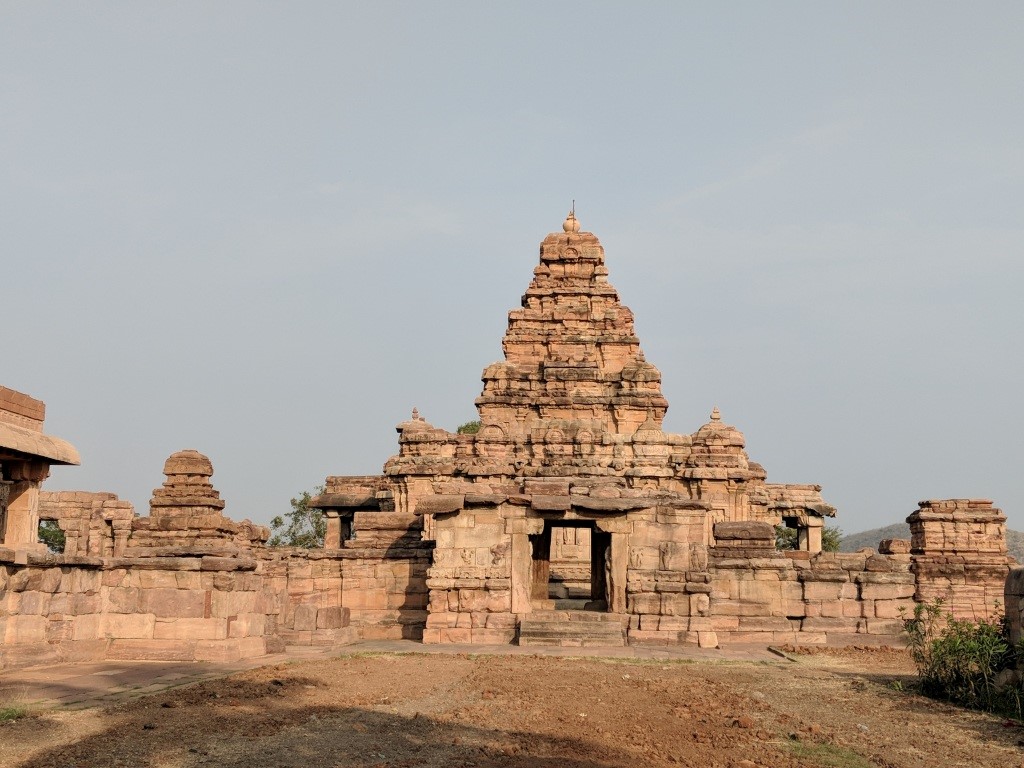
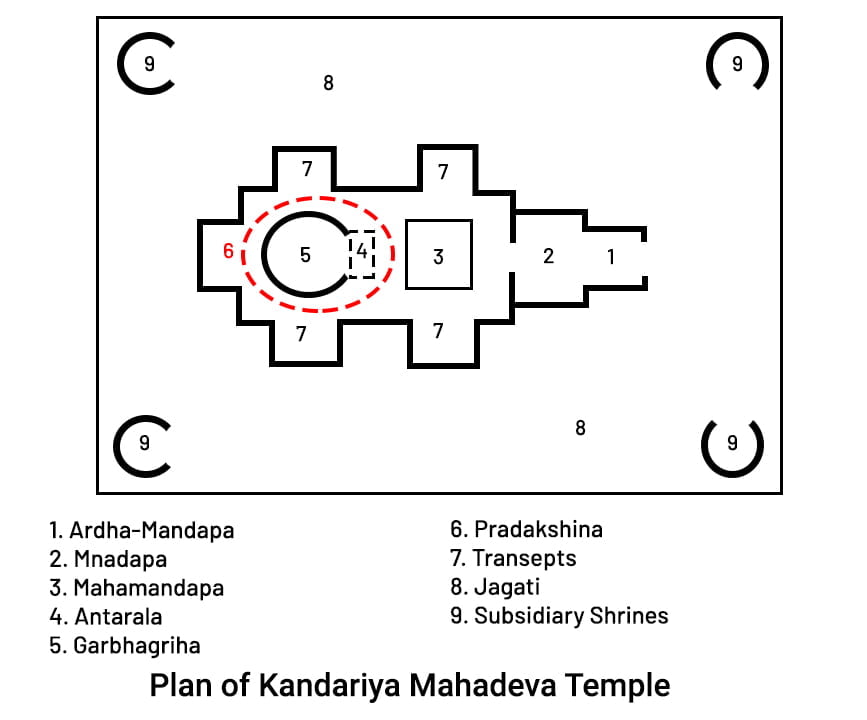

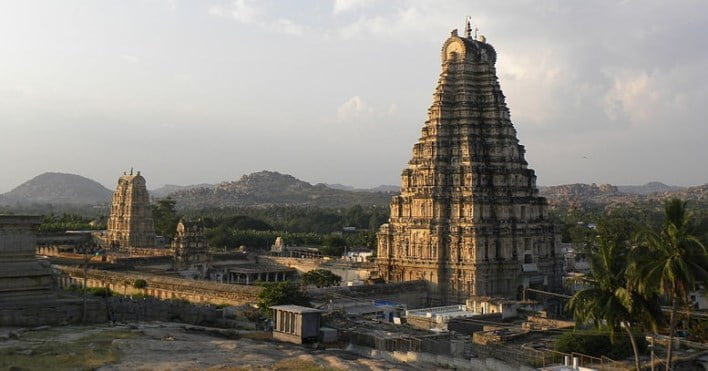

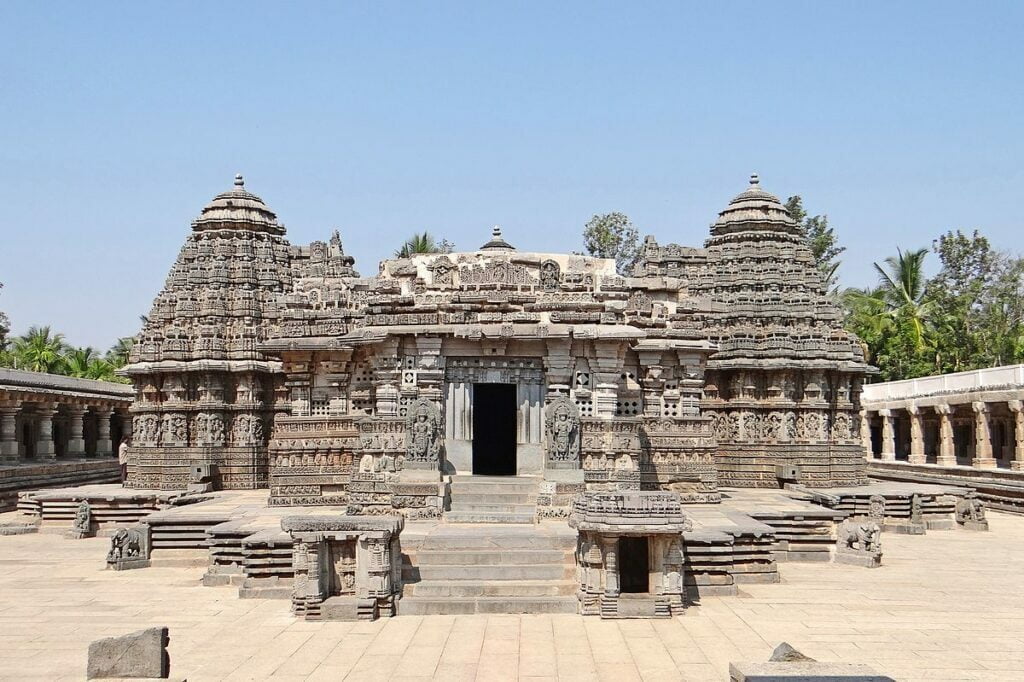
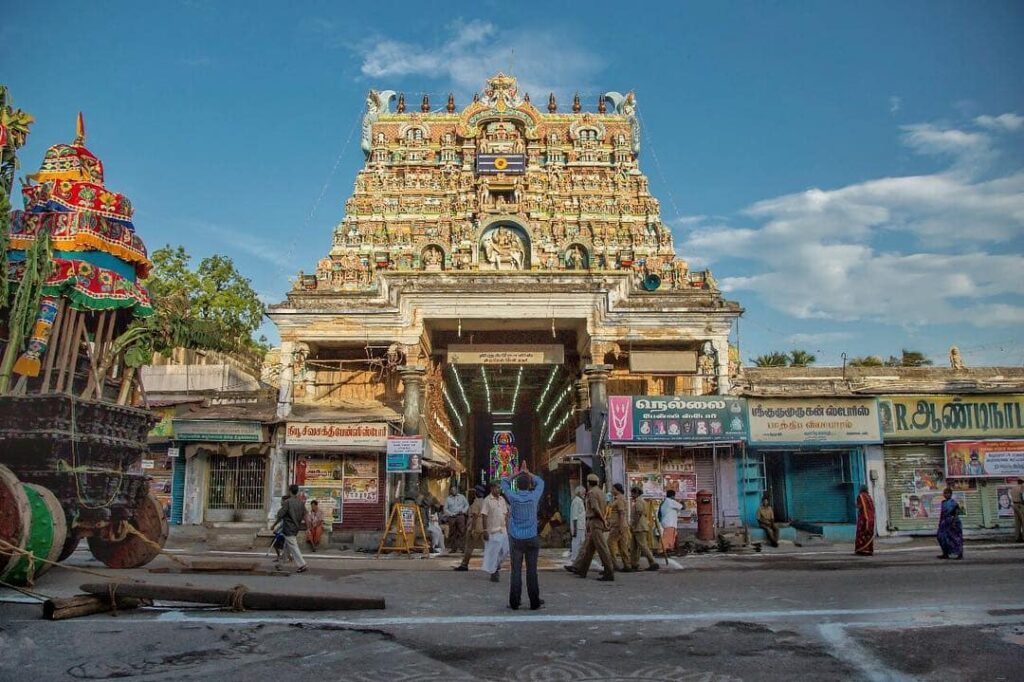

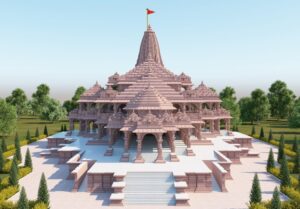






2 Responses
Really very useful information.Good work Keep growing..👏👏
Thanks sir, for your appreciation. Keep reading, and do share our articles.